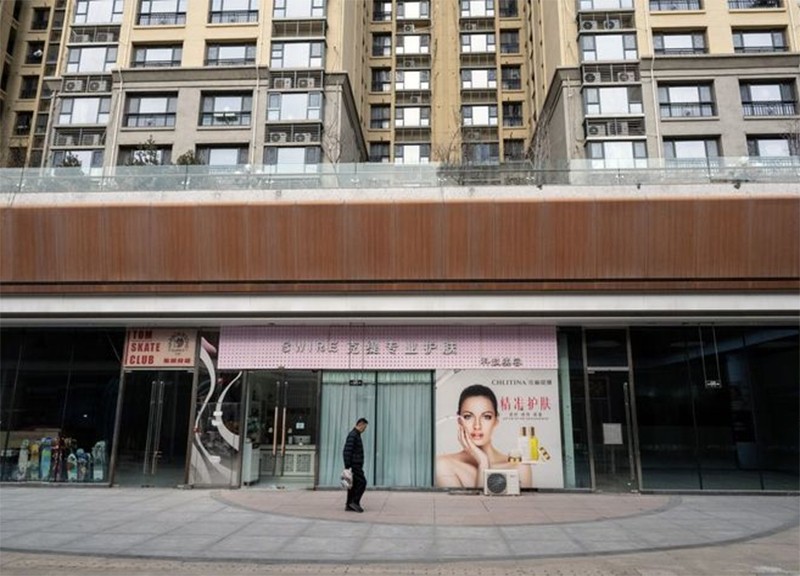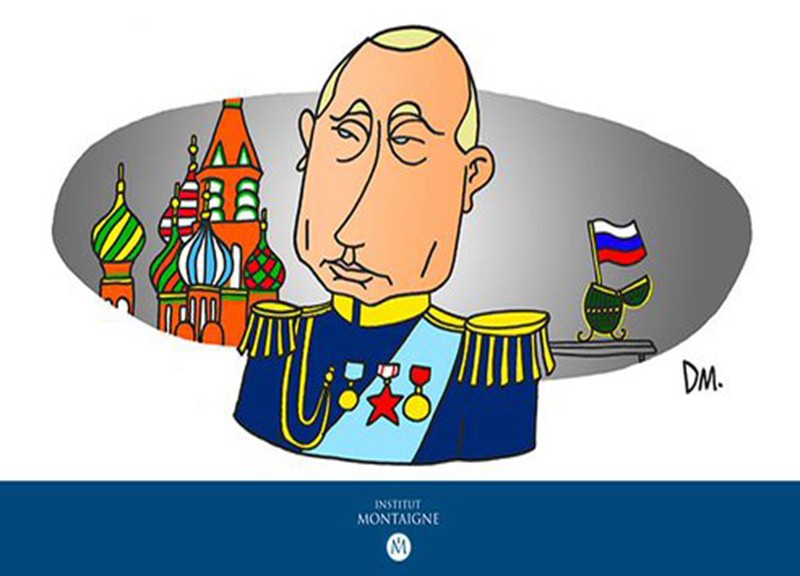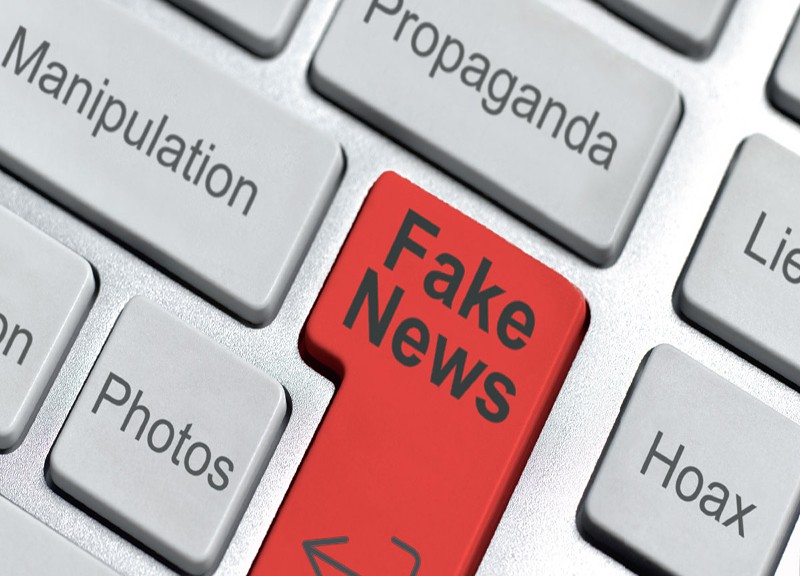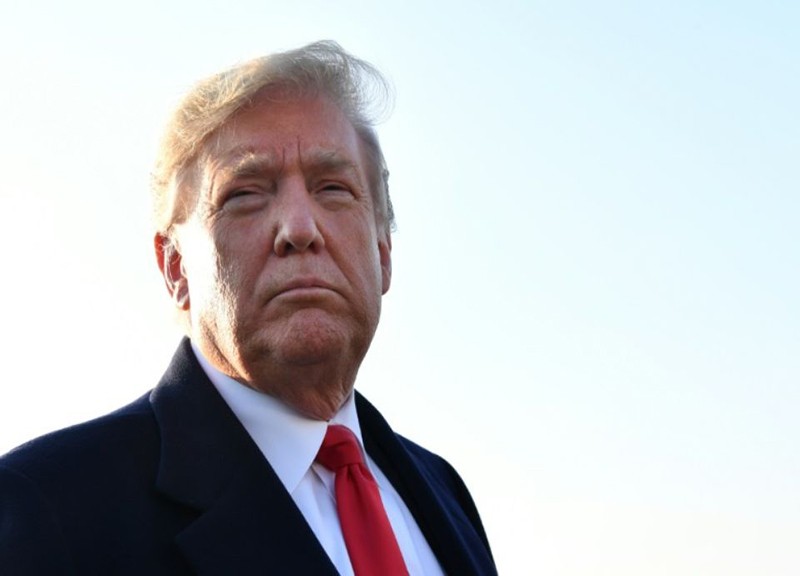
Challenges multiply after the country’s years of rapid growth
By Jason Douglas, WSJ
China’s economy is at a turning point. An old economic model underpinned by heavy investment in infrastructure and real estate is crumbling. Growth is slowing and prices are falling, raising the specter of a Japan-style slide into stagnation.
How did the world’s second-largest economy get into such a mess? These charts lay out what is ailing China’s economy and the challenges it will face for years to come as a result.
Real estate
Real estate used to account for around one-quarter of China's annual economic out-put. But a lengthy boom came to a halt in 2020 when the government, fearful of ballooning debt, introduced policies that curtailed property developers' access to easy credit. The result, made worse by pandemic-era restrictions, was a steep drop in home sales, new construction and investment.
Gloomy consumers
The real-estate slump has deepened a sense of gloom among Chinese consumers. Consumers borrowed heavily to finance home purchases and expected bumper gains; now they are responding to the property turmoil by cutting back spending. Although consumption picked up a bit in 2023, it remains well below its prepandemic trend.
Consumer prices
A consequence of weak consumption and private-sector investment in China is deflation, which stands in contrast to the inflation that has bedeviled other countries. Consumer prices have been flat or falling for months, and companies have been cutting prices for more than a year.
Tapped out debt
China's overall debts have widened to the equivalent of more than 300% of gross domestic product, far in excess of the 253% of GDP the U.S. owes. A chunk of China's debt is owed by its local governments. Their finances are under growing pressure now that revenue from selling land to property developers-a crucial source of income-has dried up. Chinese banks are heavily exposed to both indebted sectors. Faced with weak growth, deflation and property-market turmoil, banks can expect loan losses to mount.
Fewer workers
China's workforce is still large, but the boost to the supply of workers from rapid urbanization is mostly played out. People are having fewer babies and the overall population is shrinking and skewing older, meaning the pool of workers and consumers in China is set to get smaller. Those changes will make sustaining economic growth harder in future.
Foreign investment
As the outlook darkens, for eign investors are taking flight. China recorded inflows of foreign investment into factories, offices and businesses in every quarter since comparable records began in 1998. That run ended in the third quarter of 2023, as foreign companies either sold out and left or stopped reinvesting the profits they earned in China back into their operations there. Stock and bond investors also pulled money out of the financial markets.
Raising barriers
Seeking new avenues for growth, Beijing is pouring money into factories and new industries, especially green technology. With demand weak at home, the result is a growing glut of products that China is seeking to find buyers for overseas. But Beijing’s doubling down on manufacturing and exports is meeting resistance, especially in the U.S. and other advanced economies, where governments are tightening restrictions on Chinese imports.
Slower growth
In the past, China was able to respond to economic set-backs by boosting government spending, especially on infrastructure. But these days, China’s need for roads, railways and airports has largely been met. Another stimulus option for Beijing would be to give more handouts or tax breaks to households, but to top officials such a consumption-focused approach is regarded as wasteful. With its options for stimulus limited, China looks set for weaker growth.














